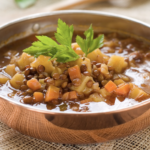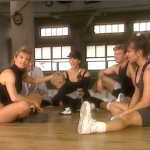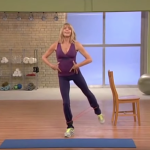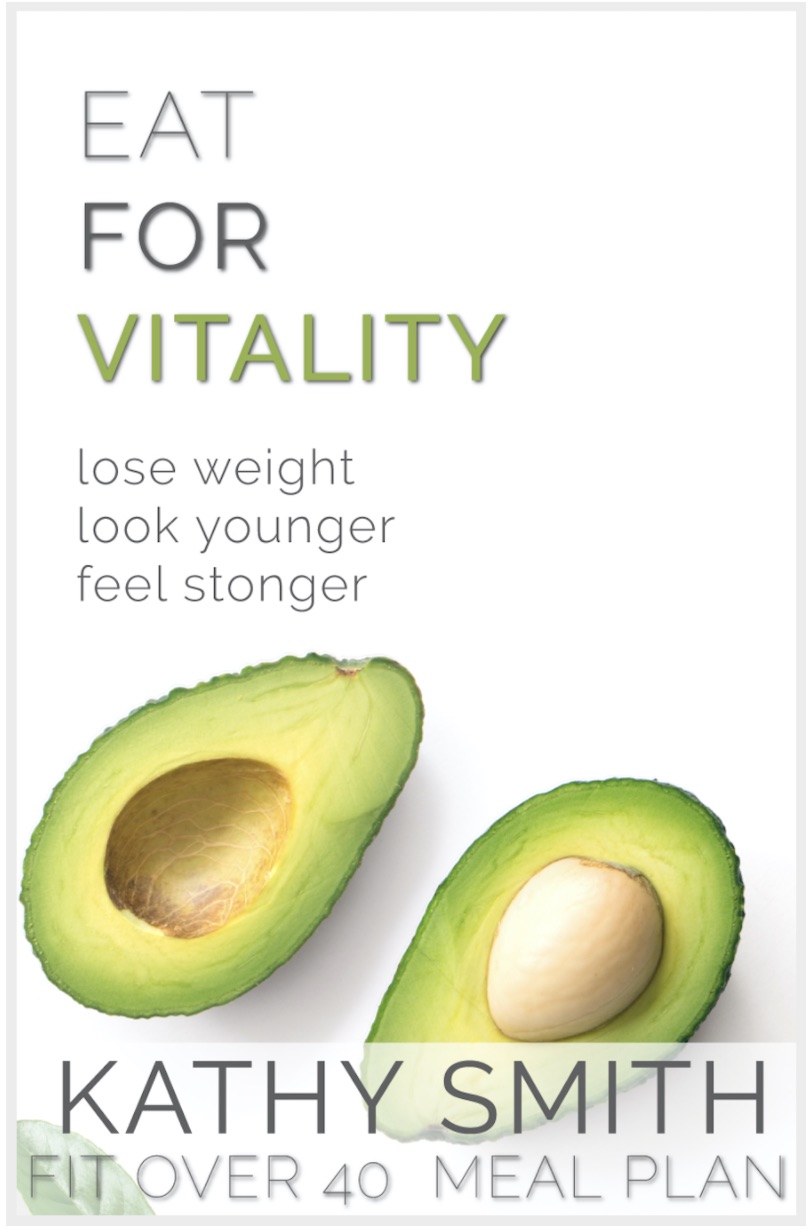The Plate Method
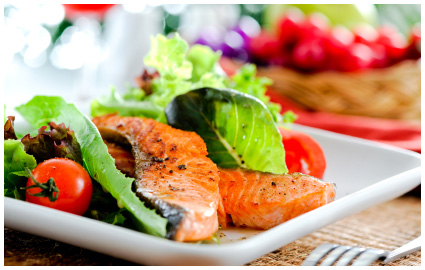
If the phrase “portion control” tends to make you squeamish, I’m here to help shift your mindset. Managing your portion sizes does not mean you’ll be left hungry or deprived. Instead, having a sense of your portions is the key to weight loss. It will also allow you to finish a meal feeling satisfied, super-healthy and full of energy. Who doesn’t want to feel like that?
While high protein diets have gained lots of popularity, the fact remains that over-eating any element of your diet—carbohydrates, fats or proteins—will contribute to weight gain. So, the trick is to have everything in a healthy balance. Sounds simple in theory, but with today’s overblown restaurant servings and super-sized snacks; it’s often difficult to recognize what indeed constitutes a single serving of anything. That’s why I developed a simple way to ensure each of your meals are balanced and in the right portion sizes.
Whether you’re dining out or in, use my Plate Method by visually splitting your plate into three equal parts:
1. One section of your plate is for protein (i.e., turkey, fish, lean beef, chicken, tofu, etc.). Try to keep your protein size to about the size of a deck of cards or the palm of your hand.
2. One section of your plate is for produce. Whether it’s a mix of brightly colored vegetables, steamed spinach, asparagus or healthy salad, this is one section where it’s OK to fill it up.
3. The last section of the plate is reserved for complex carbohydrates, in the form of whole grains, brown rice, a small baked potato, etc. Keep your servings to about the size of a small teacup.
At meals when you’re adding fats, limit your fat intake to about the size of your thumb. For example, 2 teaspoons of olive oil or butter.
As you assemble balanced meals like this, keep in mind to listen to your body’s needs, based on your hunger level. If you’re less hungry at a meal, focus on a great source of protein and vegetables first and foremost. Using my Plate Method will ensure you’re getting your foods in the correct amounts, giving you exactly what you need without overdoing it in any direction.
Here are some other things to consider if you’re still hungry after a meal:
· Your body hasn’t registered it’s full. It takes your stomach about 20 minutes to feel satiated, so wait at least that long before going back for seconds. Don’t worry; you won’t starve in 20 minutes! If you wait it out and are still hungry, have a few more ounces of lean protein or some high-fiber veggies to top you off.
· You’ve eaten too quickly. Try chewing your food slowly and deliberately, putting your knife and fork down after each bite. This way you’ll enjoy your meals more and will need less to be satisfied. Have a conversation or read a book to slow you down.
· You’re dehydrated. Many people mistake thirst for hunger, so before snacking, drink an 8-ounce glass of water, wait 10 minutes, and see if your hunger doesn’t abate.
· You’re short-changing one of your food groups. Usually this is protein, so try increasing the amount you eat by a few ounces and see if that doesn’t help. You can also consume more raw or steamed vegetables to make you feel satisfied longer.
· You’re PMS-ing. Hormone levels affect hunger, so during that time, should be particularly conscious of your portions and eating habits, and take extra care to select healthy treats that will level off your cravings.
· You’ve been skipping meals. Remember, my 3-4 Hour Rule. By keeping your meals spaced apart by 3-4 hours, you’ll keep your blood sugar levels consistent, and avoid getting overly hungry.

